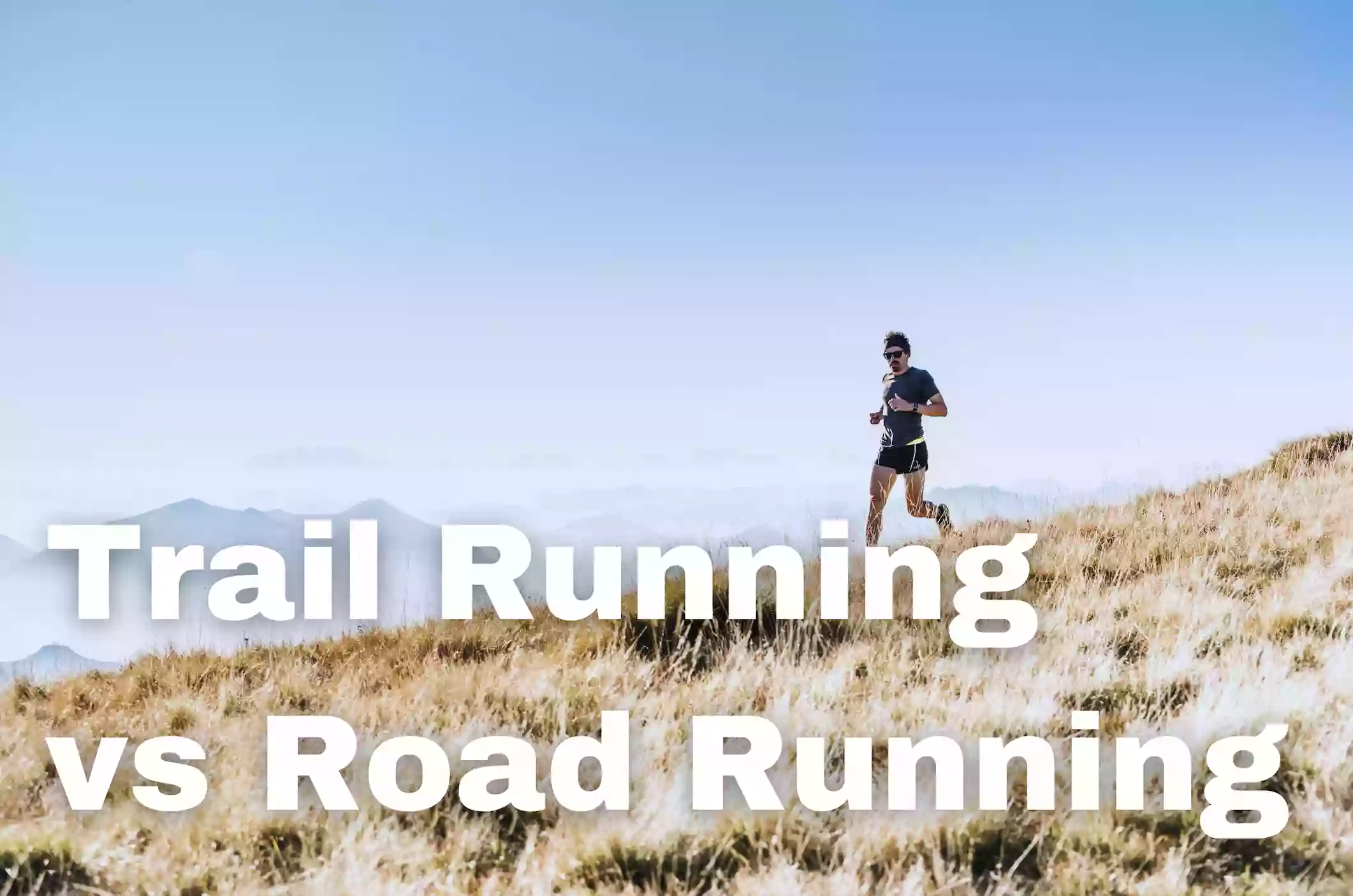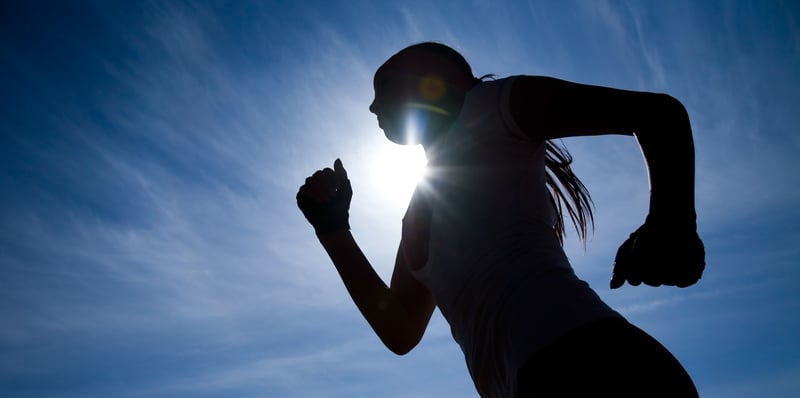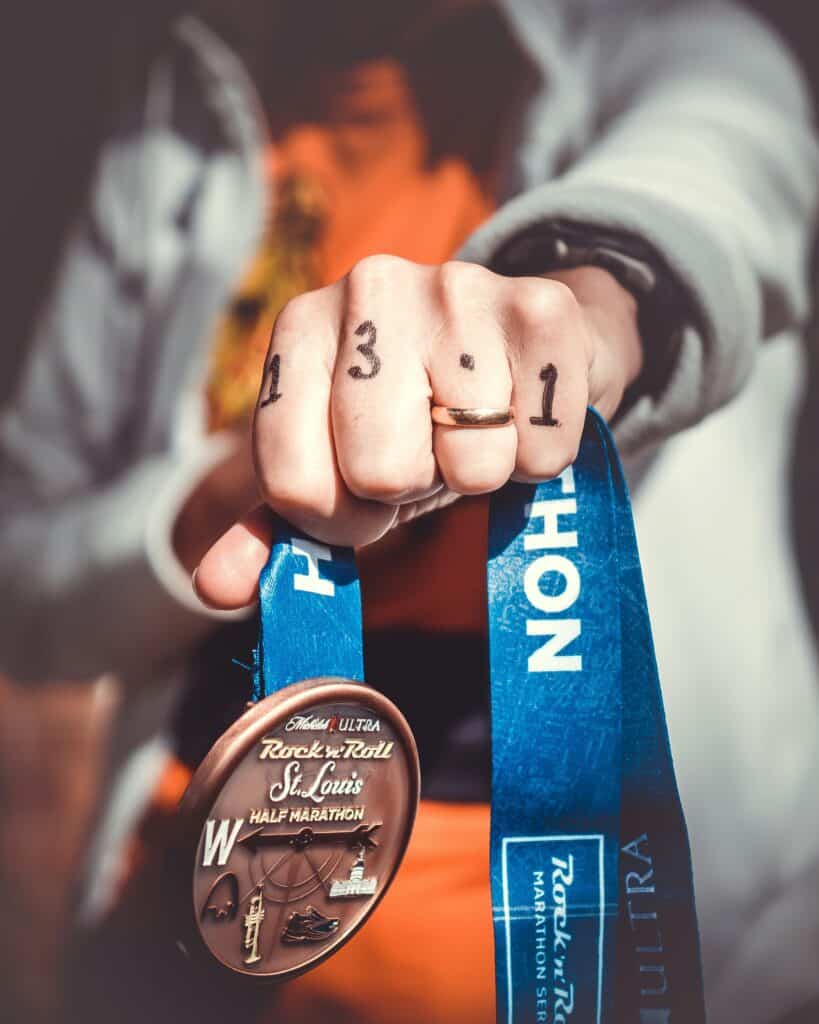
I’m coming up on my 8-year anniversary of running. Personally, I’ve raced anything from the mile to the marathon. Like with anything I’ve received great advice, but I’ve also received unsolicited opinions I would never take.
Sometimes it can be hard to filter out the bad information. Here are some things I’ve learned, but keep in mind, I’m not an expert or professional!
The best
Don’t race your easy runs. One of my all-time favorite pieces of advice. If you run fast all of the time, you will get injured or burned out.
Fitness doesn’t happen overnight. Fitness is not linear, and sometimes you train hard, and the race doesn’t go as planned. It’s important to keep in mind, we are the collection of all our workouts, not just one good or bad one. Patience is a virtue.
Don’t increase mileage too quickly. If you increase your mileage too quickly, you’ll get hurt. Most runners use the 10% rule which simply means limiting increasing the mileage by a maximum of 10% each week. That allows you to slowly build fitness, without being more prone to an injury.
It’s better to be under-trained for a race vs. over-trained. If you’re over trained, you run the risk of injury or burnout shortly or even during a race. However, it’s important to train appropriately, and lack of training is much different than being under-trained.
Don’t try anything new on race day. If you try something new on race day, you could subject yourself to an injury, blister, or chafing. Buying discounted and fun things at race expos is always alluring but wait until after the race to test them out.
Give a run 10 minutes or a mile. You might initially feel like garbage but if you still don’t feel good after one mile or 10 minutes, turn around.
Running is lifelong. If you treat your body well, you can run at any age.
The worst
Running hurts your knees. If you take proper care of your body, invest in appropriate shoes, and take rest, running does not damage your knees.
Changing your running form always fixes injuries. This is not necessarily true, and if you start modifying your form, you put pressure on other parts of your body, and you can hurt something else.
You can run in any kind of shoe. Believe me, if you’re going more than a mile, your feet will thank you for having proper and appropriate footwear.
Go get fitted at a specialty running store. Specialty shoe stores also serve as a resource for the community. They educate people on proper footwear, races, and local running events.
Go out fast (in a race) to save time for later. No, just no. You will probably find yourself depleted and have less energy than if you took the race out conservatively.
Run through pain. There are a lot of different “pains” in running. If something hurts than it’s important NOT to run through pain.
Taking a day off saves yourself from taking weeks off. As a runner, it takes time to grow and learn the difference between “injury pain” and “hard running” pain. Don’t mistake the two!
Being lighter equals faster. This is not necessarily true. It’s important to follow this guideline: Eat to run, not run to eat. At any race, there are runners of every single size.
You can eat anything because “you run.” If you have ever eaten a huge meal and run an hour later, you’ll know this to be false.
Like any sport or activity, you are bound to get both good and bad advice. Let us know some of your best and worst!
Hollie Sick is an avid runner who’s completed more than 40 half marathons. Read her blog, or follow her on Facebook.





